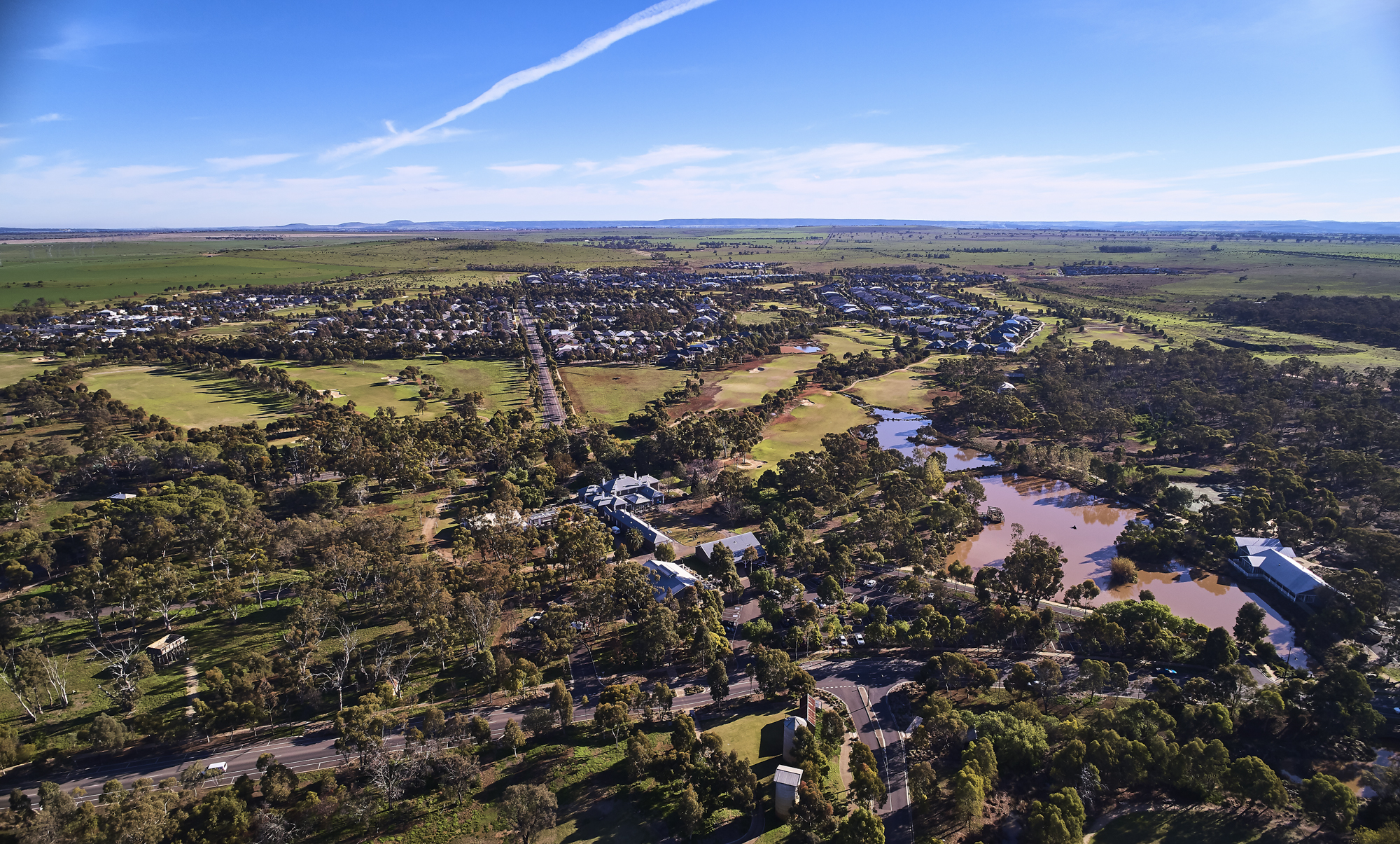News & Insights
A new era of suburban living

Propelled by remote work, rising city housing costs, and the lure of a better lifestyle, families across Victoria are increasingly looking beyond inner Melbourne as they search for homes.
Attention is instead shifting to outer suburbs and regional townships, locations that promise space, community and value without sacrificing modern comforts. This evolution is reshaping where and how Victorians want to live, heralding a profound lifestyle recalibration.
It’s also worth noting that a number of those who initially moved to regional areas find the lack of essential services too compromising however, often prompting a move closer to Melbourne’s outer fringe. Eynesbury is perfectly positioned to capture this growing demand, offering the ideal balance of lifestyle and amenities people don’t want to give up.
Lifestyle trends driving the shift
One major catalyst of this suburban migration is flexible work. As of June 2025, 46 per cent of Australians worked from home at least part of the week (Roy Morgan). In Victoria, the Allan Government has announced plans to legislate a permanent right to work from home for at least two days a week, recognising its benefits for families, productivity and participation. Without the daily commute, households are increasingly able to prioritise lifestyle over proximity to the office. Larger backyards, local parks and stronger community connections are now becoming more important than the pull of city living.
Housing affordability is another driving force behind the push outward. In Melbourne, buyers within 10 kilometres of the city face a median price gap (MPA) of around $310,000 compared to their budgets. In contrast, suburbs more than 30 kilometres out from the CBD offer buyers greater value with asking prices coming in under budget by as much as $83,000.
This financial reality, coupled with the desire for space, has fuelled surging demand in growth corridors. Notably, Melbourne’s outer west and north are booming with new residents. According to Census data, the City of Melton grew by 6.6 per cent in 2023–24 (City of Melton), the fastest rate in the country, while Wyndham rose by 4.0 per cent to more than 337,000 people (profile.id). In the north, Wallan grew by more than a third between 2016 and 2021 (profile.id), and Beveridge more than doubled over the same period (profile.id), with forecasts showing it could surpass 78,000 residents by 2041 (Mitchell Shire Council).
Communities built for modern living
Resimax Group’s masterplanned estates are reshaping how families experience suburban living.
At Eynesbury, residents enjoy the perfect balance between inner-city amenity and natural surrounds at an accessible price. The community offers a genuine country feel with fresh air, heritage character and wide green landscapes, yet is only 40 minutes from Melbourne’s CBD. Central to the township is Eynesbury Village, a new town centre underway that will deliver shopping, dining, medical and lifestyle services alongside existing schools, childcare and sporting facilities.
Thornhill Park’s The Hemingway reflects the same vision, offering homes positioned close to schools, parks, shopping and transport. The northern growth corridor is also accelerating, with Resimax Group projects in Beveridge and Wallan delivering early access to key infrastructure. Beveridge’s Talisen and Tàrà estates will give families early access to education, parks and retail, while Newbridge South in Wallan is establishing itself as a lively hub with a growing population and community spirit.
Together, these communities provide the affordability, amenity and liveability that today’s buyers are seeking.
Why masterplanned communities matter
The success of these estates reflects a broader shift in the property market. For many households, the value lies in communities that integrate housing with infrastructure, green space and essential services from day one. Masterplanned developments are no longer just residential projects; they are long-term investments in economic and social sustainability.
As Victoria’s population continues to grow, outer suburban municipalities will remain central to meeting housing demand. Developers such as Resimax Group, with the scale and capability to deliver holistic, well-planned communities, will be critical to shaping Melbourne’s future. By prioritising affordability, amenity and community outcomes, Resimax Group is ensuring its developments remain attractive today and sustainable for decades to come.